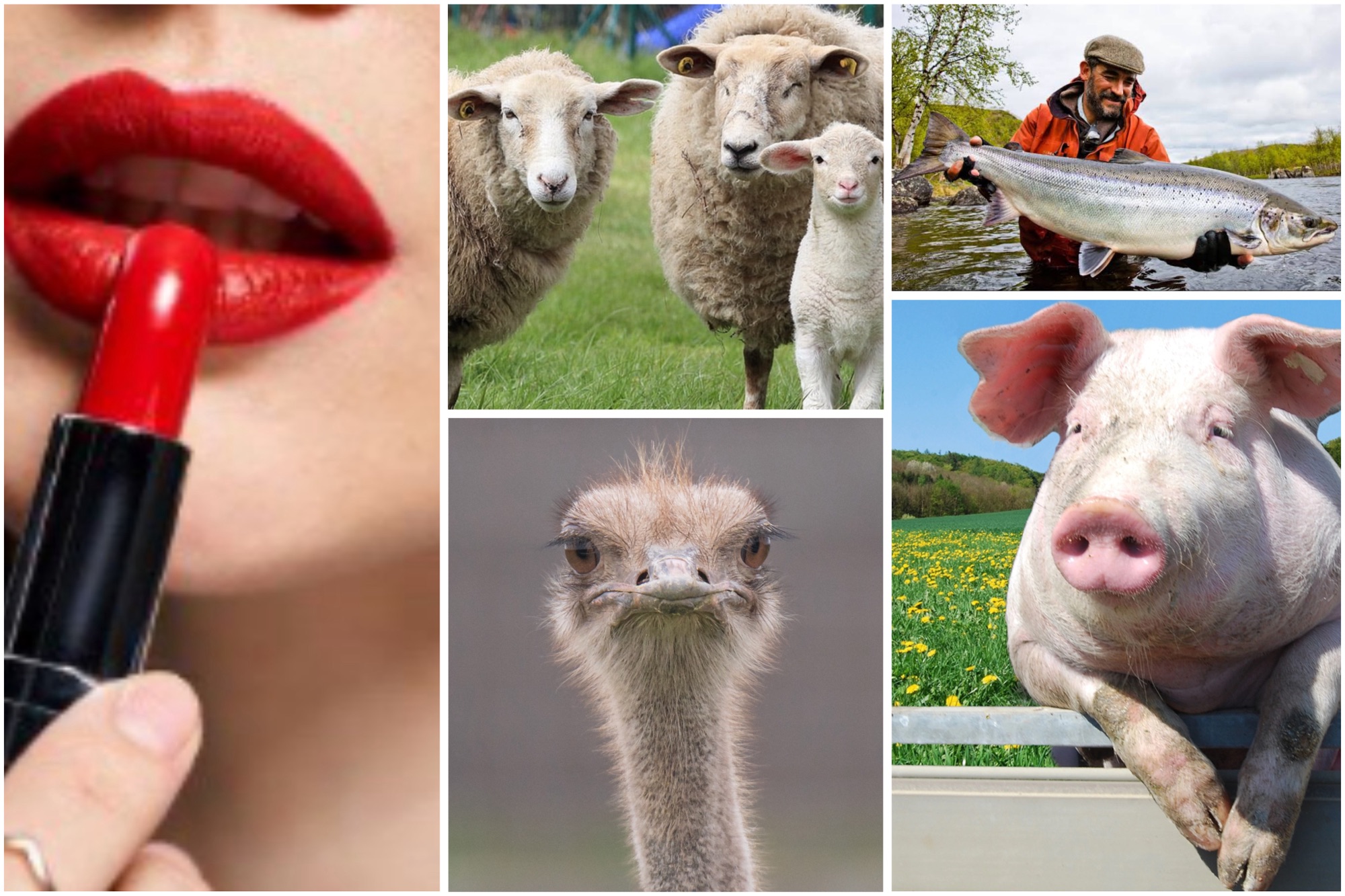People frequently go to extreme measures to achieve their beauty goals, experimenting with a range of unconventional products and techniques in the pursuit of smoother skin, fewer wrinkles, and flawless makeup. While some luxury beauty items are known for their unique ingredients and claims of effectiveness, many everyday cosmetics also contain surprising components. Here are ten unexpected ingredients commonly found in beauty products.
10. Bee Venom
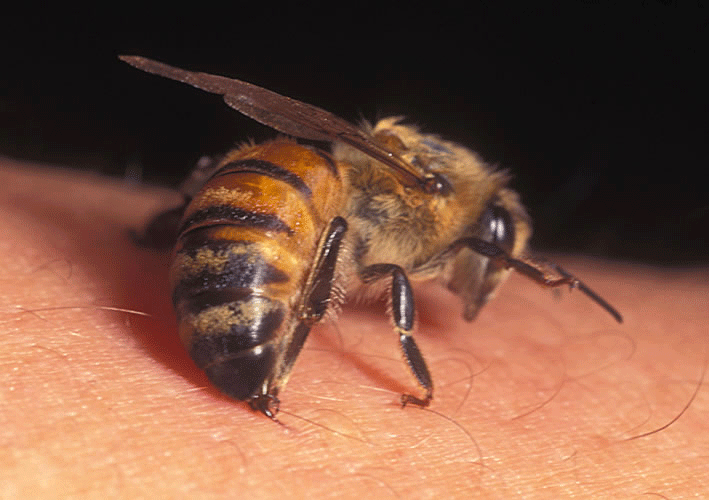
Looking for smoother skin in just 28 days? Rodial’s Bee Venom Super Serum might be the answer, promising to increase skin elasticity by up to 35% for $240. Bee venom is rich in proteins, amino acids, and peptides, making it a beneficial ingredient for skincare. Studies have shown that bee venom can stimulate collagen production and improve blood circulation.
Additionally, its anti-inflammatory properties help reduce breakouts and redness, resulting in a smoother complexion. This product is safe to use for those who are not allergic to bees, and its extraction process ensures that the bees are unharmed. With several options available in the market that feature bee venom, you can easily find the right skincare solution for you.
9. Snail Mucus
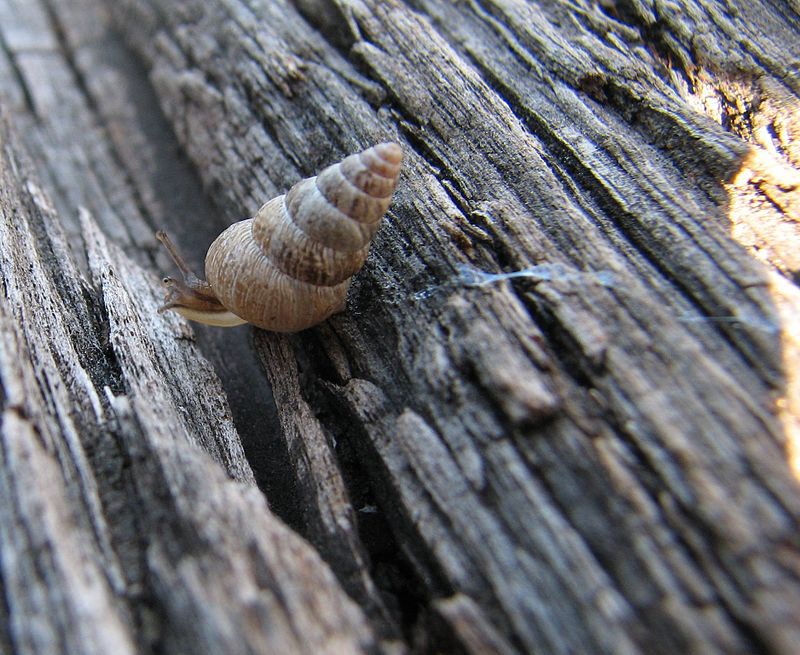
Snail mucus, also known as snail mucin or slime, is used in various beauty products to smooth wrinkles and repair damaged skin. Research indicates that snail mucin can hydrate the skin, aid in wound healing, and improve fine lines when used correctly. It’s recommended to start with a small amount to check for any adverse reactions.
Historically, snails have been used in skincare and to address other health issues, with Hippocrates reportedly using crushed snails for skin problems as far back as 400 BC. Snail mucin has long been popular in countries like South Korea and began appearing in U.S. products around 2010. It might be time to consider adding snail slime to your daily beauty regimen.
8. Lanolin
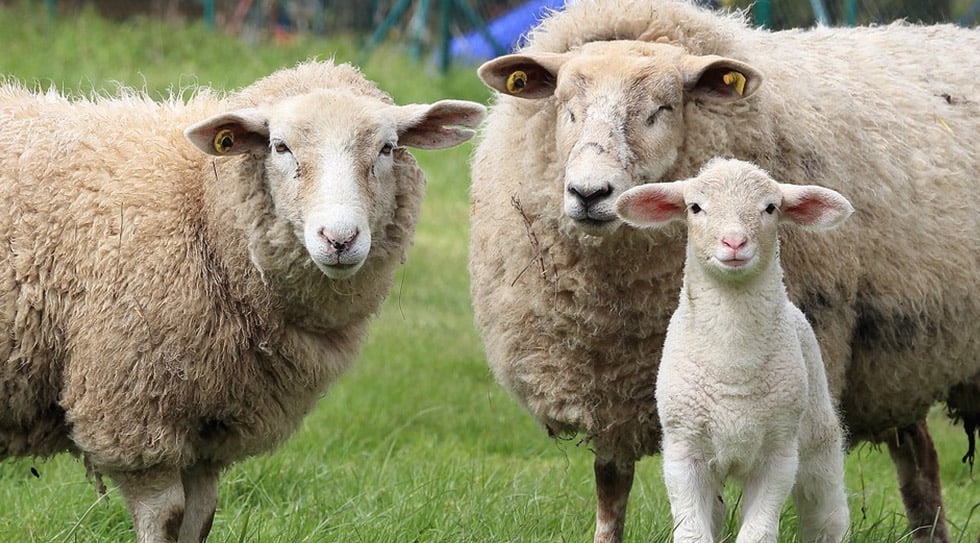
Lanolin is a common ingredient used to treat and prevent dry, itchy skin and minor irritations. Often referred to as wool fat or wool grease, it is a wax secreted by wool-bearing animals. Specific domestic sheep breeds are raised for their wool, from which lanolin is extracted for use in beauty products and other applications. Importantly, the extraction process does not harm the sheep.
Lanolin is lightweight and excels at retaining moisture in the skin, making it an effective healer that can help reduce the appearance of wrinkles. Additionally, it is beneficial for chapped lips, as it penetrates the moisture barrier to promote faster healing.
7. Foreskin
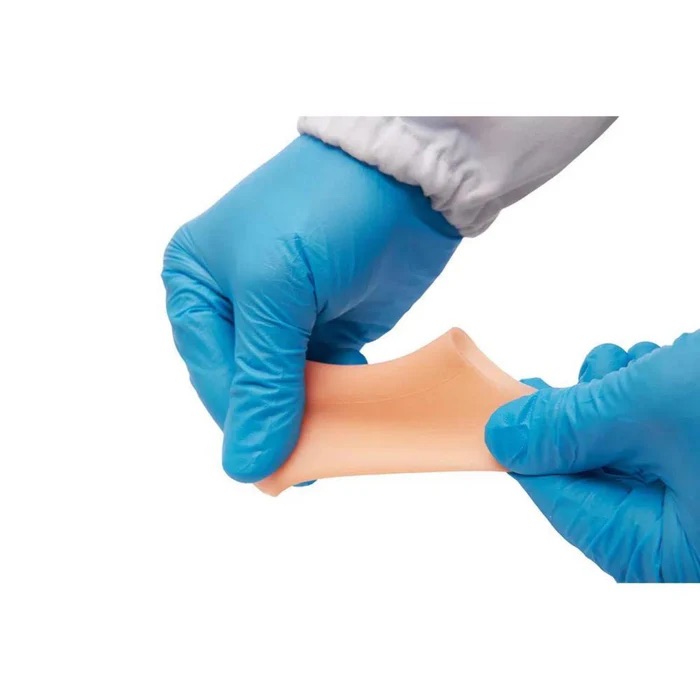
One of the more unconventional ingredients in beauty products is foreskin. Specifically, fibroblast cells derived from the circumcised foreskins of infants are utilized to promote skin rejuvenation and healing. Tissue from these procedures is sent to laboratories where nutrients, including fibroblasts and cytokines, are extracted. These components are commonly found in anti-aging treatments designed to enhance a youthful appearance.
While the use of foreskin extract in cosmetics is legal, it raises ethical concerns for some consumers. Cosmetic companies maintain that the extraction process is conducted to prevent contamination and ensure safety. Although the idea of foreskin as an ingredient in beauty products may seem unusual, the decision to use such products ultimately rests with the individual.
6. Ostrich Egg Yolk
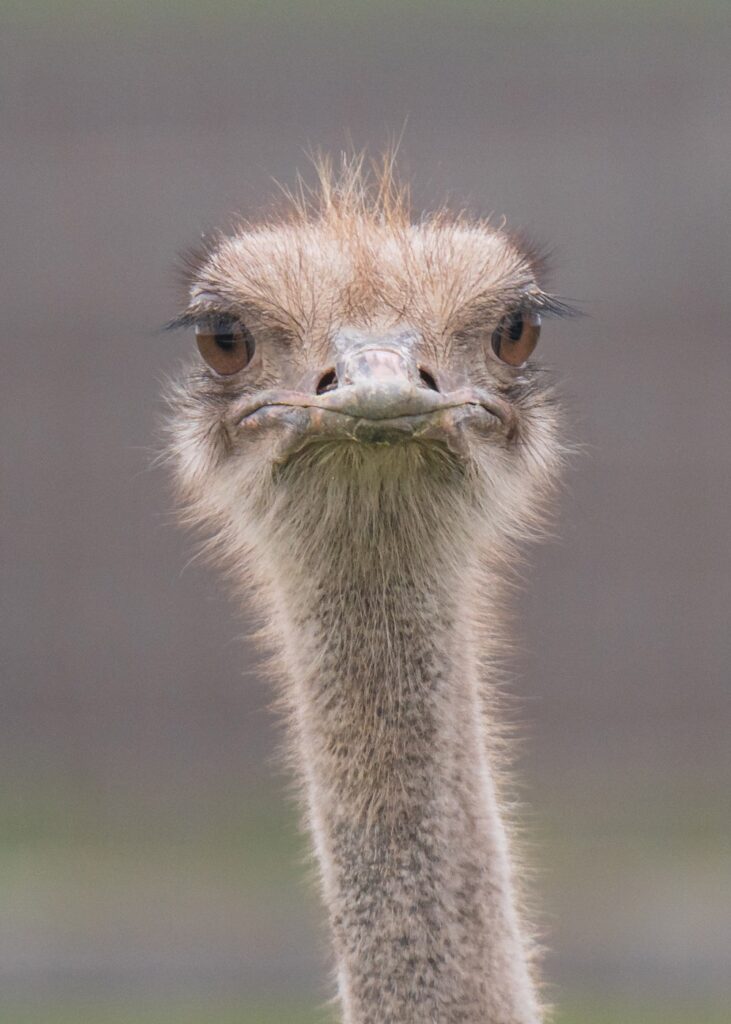
Eggs are a popular breakfast choice, known for being a rich source of protein, vitamins, and nutrients. Interestingly, egg yolk—especially that from ostriches—offers significant benefits for the skin. As the largest eggs of any living bird, ostrich eggs are valued in beauty products for their skin-conditioning properties. The yolk is commonly incorporated into serums, moisturizers, and various cosmetics.
Ostrich egg yolk possesses antimicrobial properties that help fight acne and other skin issues by inhibiting the growth of specific bacteria. Additionally, the extraction process separates the yolk from the egg white, resulting in a higher concentration of beneficial components compared to chicken eggs. While using ostrich egg yolk is generally considered safe, consumers should exercise caution and check for potential allergic reactions when trying it for the first time.
5. Crystal Iceplant
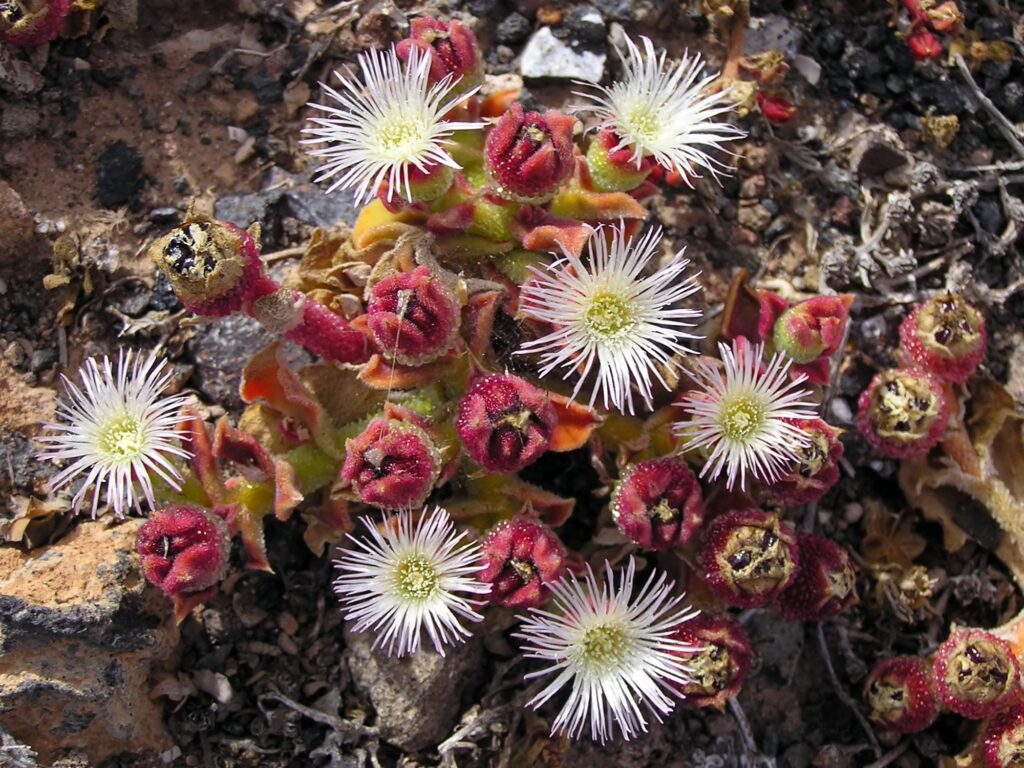
The crystal iceplant is a succulent known for its glistening water vesicles, which help it retain moisture, enabling it to survive in harsh, dry climates like the Sahara. This unique water-retention ability makes it a sought-after ingredient in cosmetics for providing long-lasting hydration. Blithe’s Crystal Iceplant Pressed Serum, which contains 63% crystal iceplant extract, is designed to hydrate sensitive skin deeply. This pressed serum delivers lasting moisture for oily skin without clogging pores. Pressed serums, which combine the potent effects of serums with the soothing qualities of creams, have long been popular in South Korea and are now gaining global attention.
4. Salmon
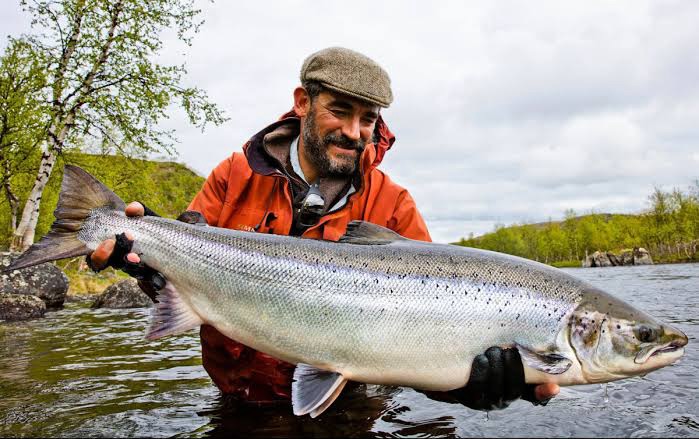
Salmon and other marine fish are rich in bioactive compounds like proteins and peptides, which are highly valued in the cosmetic industry for their antioxidant and anti-aging properties. These compounds aid in skin repair and tissue regeneration. One particularly effective ingredient is salmon egg enzymes, which are used for exfoliation.
Released by salmon at birth, these enzymes offer a natural alternative to acids commonly found in skincare creams. Research has shown that the enzymes from the sacs where baby salmon develop provide a gentler and more effective exfoliation than traditional acids. Additionally, salmon sperm has recently been introduced into the cosmetics world as an ingredient in various anti-aging products, further expanding the use of marine-derived compounds in skincare.
3. Diamonds
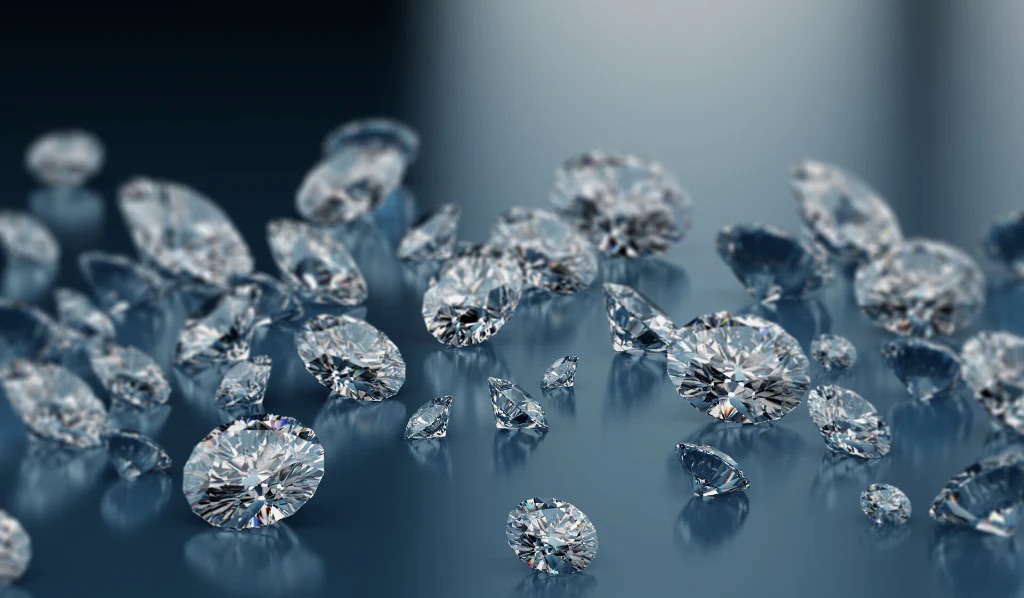
Diamonds are often described as “strong, resilient, and everlasting” — traits you’d want in a beauty product. Lancer’s Eye Contour Lifting Cream leverages diamond powder and minerals to create a youthful, radiant glow. Developed by Dr. Harold Lancer, the renowned Beverly Hills dermatologist to celebrities like Kim Kardashian and Victoria Beckham, this luxury cream is a standout in his skincare line.
In addition to diamond powder, the cream contains caffeine to reduce puffiness and kelp to improve skin elasticity. Alfalfa seed extract and lupine help minimize under-eye bags and wrinkles, while hyaluronic acid provides deep hydration. The diamond powder, which delivers photoluminescence, brightens dark shadows and diminishes wrinkles, making diamonds a true asset in skincare.
2. Pig Collagen
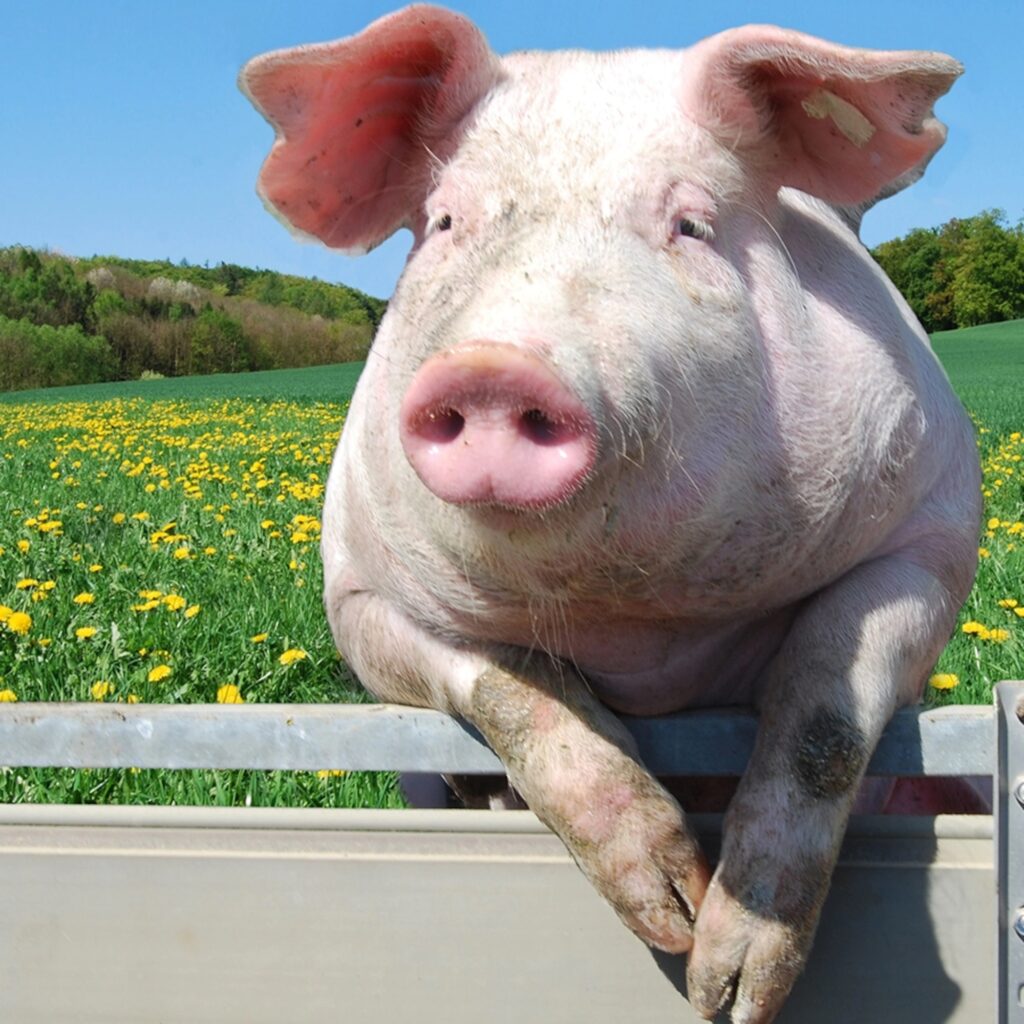
Porcine collagen, derived from pig bones, skin, and connective tissues, is widely used in skincare due to its similarity to human collagen. Collagen is crucial for maintaining the skin’s elasticity, support, and strength. However, as we age, our natural collagen production declines, leading to wrinkles and sagging. Porcine collagen helps combat these effects by improving skin elasticity, reducing wrinkles, aiding in wound healing, and boosting skin hydration. It is commonly found in face masks, creams, and jellies. Known to be safe for topical use, products containing pig collagen are often more affordable than those with comparable ingredients.
1. Insects
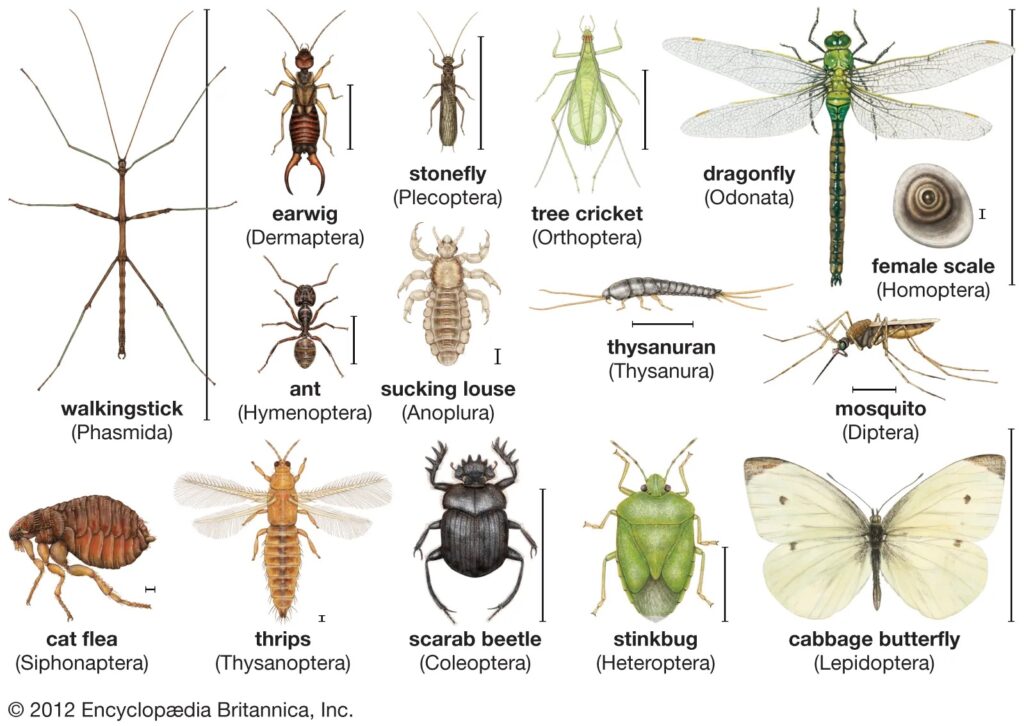
One surprising ingredient found in lipsticks, lip gloss, and eyeshadow is carmine, a natural dye used to achieve vibrant red shades without synthetic additives. This dye is derived from the dried and crushed bodies of female cochineal insects. Carmine is the key to the deep red hues in many cosmetics and even some food products. The production process involves harvesting and drying the insects, then grinding them into a dark red powder. The resulting dye is boiled, filtered, and mixed with other ingredients to create the desired color.
Annually, between 22 billion and 89 billion female cochineal insects are used for this purpose. Vegan consumers have raised concerns about the lack of transparency from cosmetic companies regarding such additives, and there have also been health risks linked to cochineal-based products. Despite these issues, carmine continues to be a widely used ingredient in the beauty industry.
